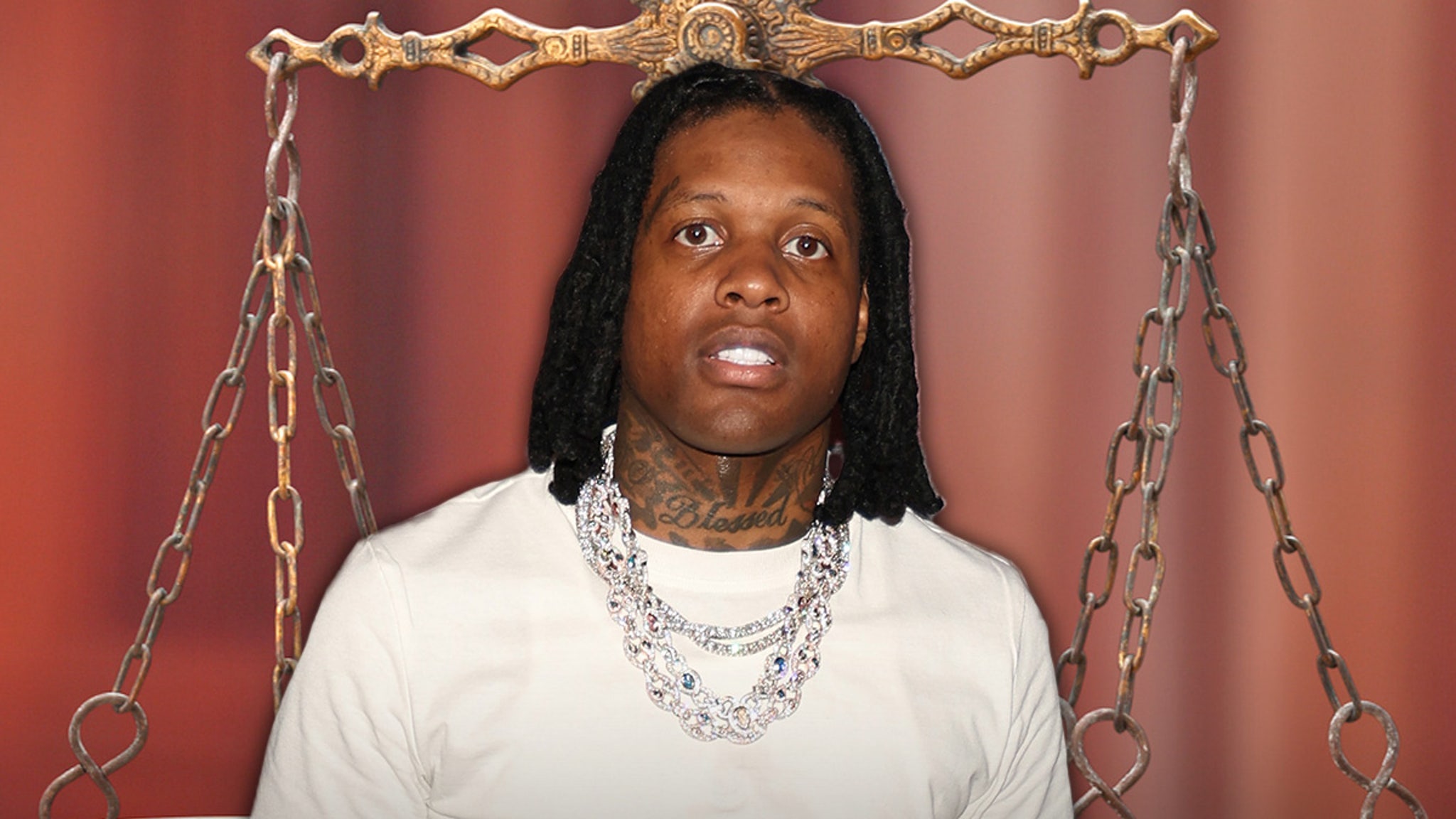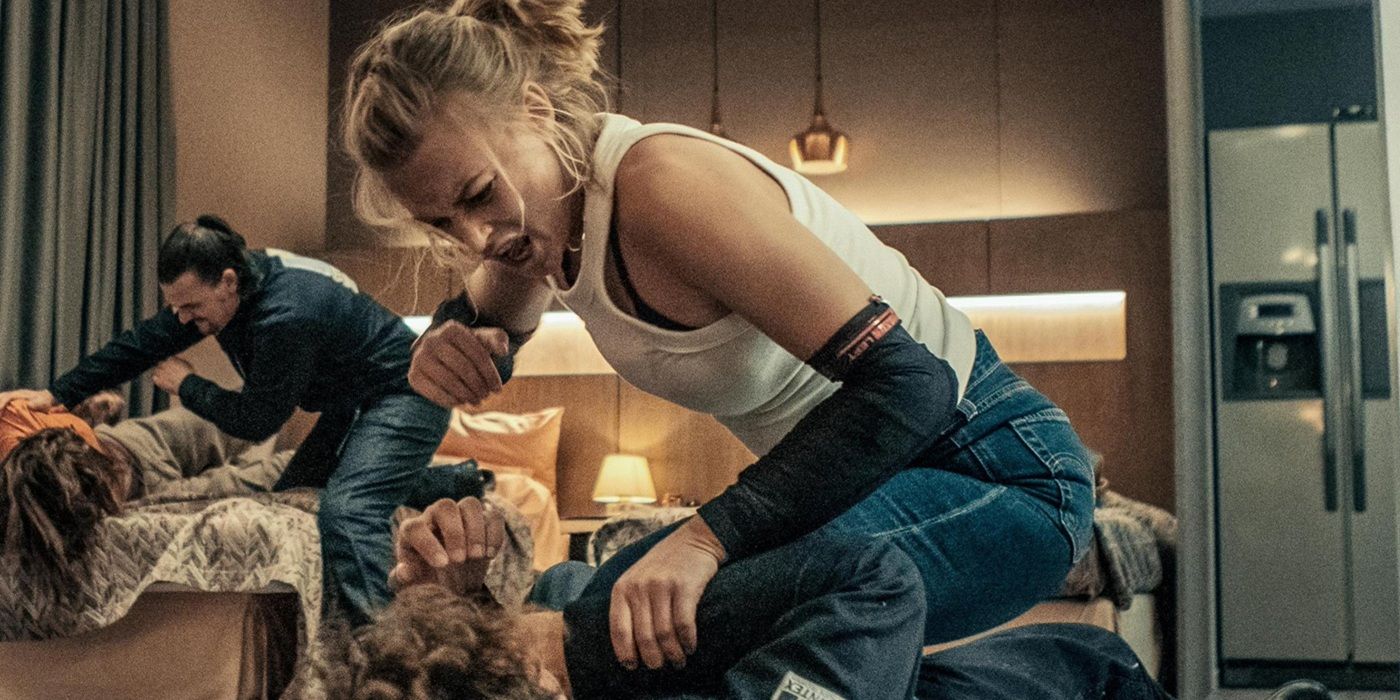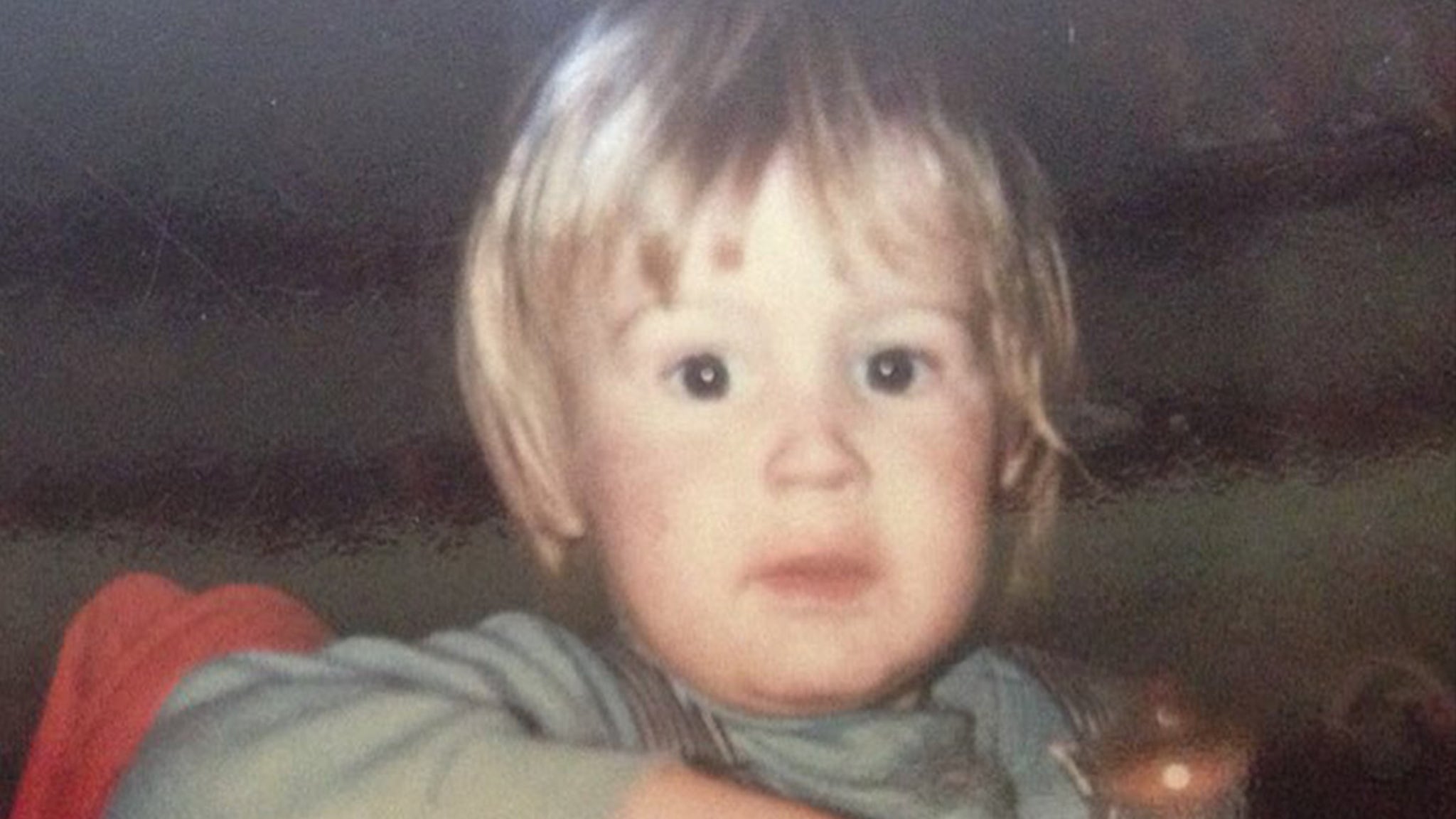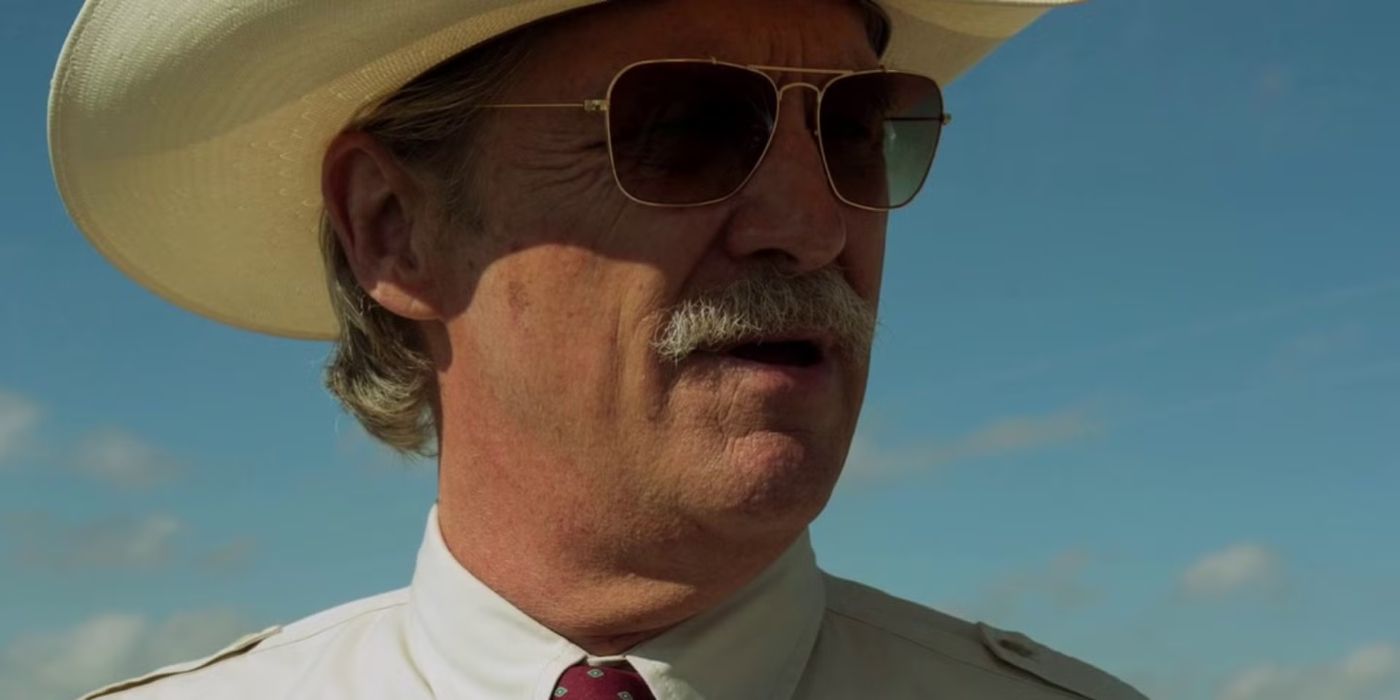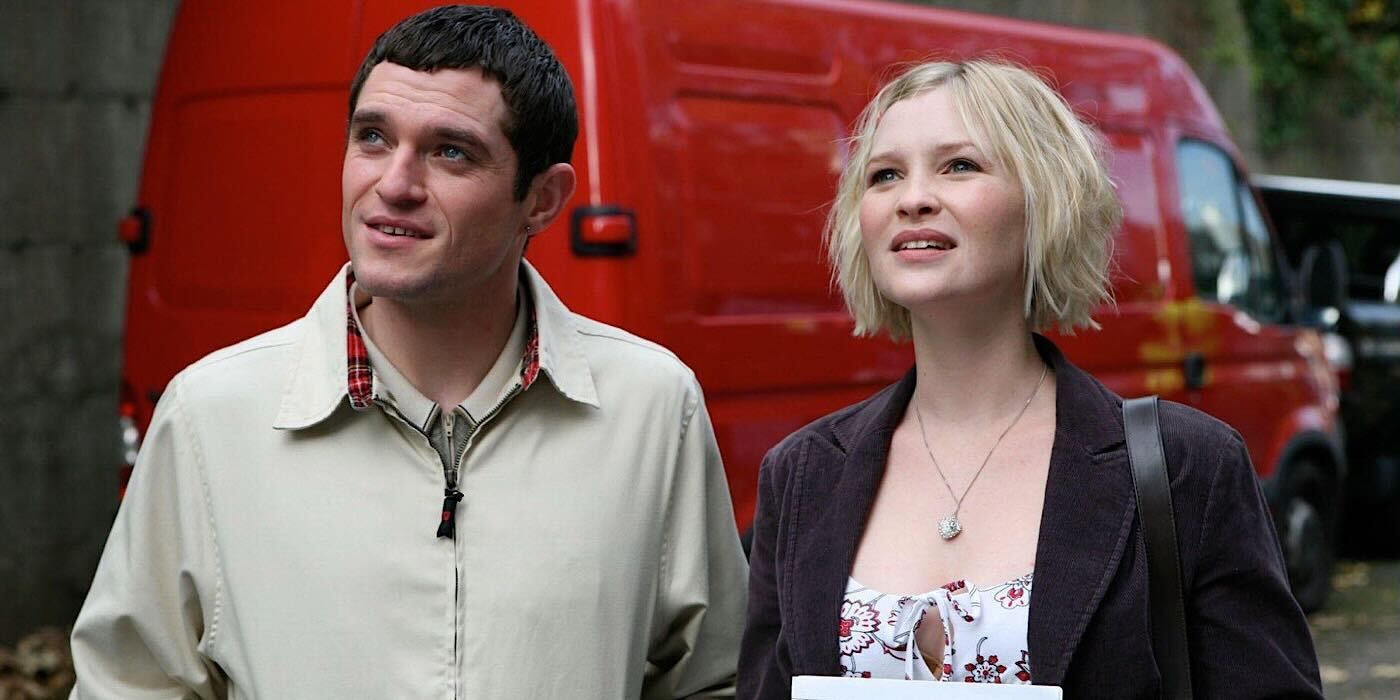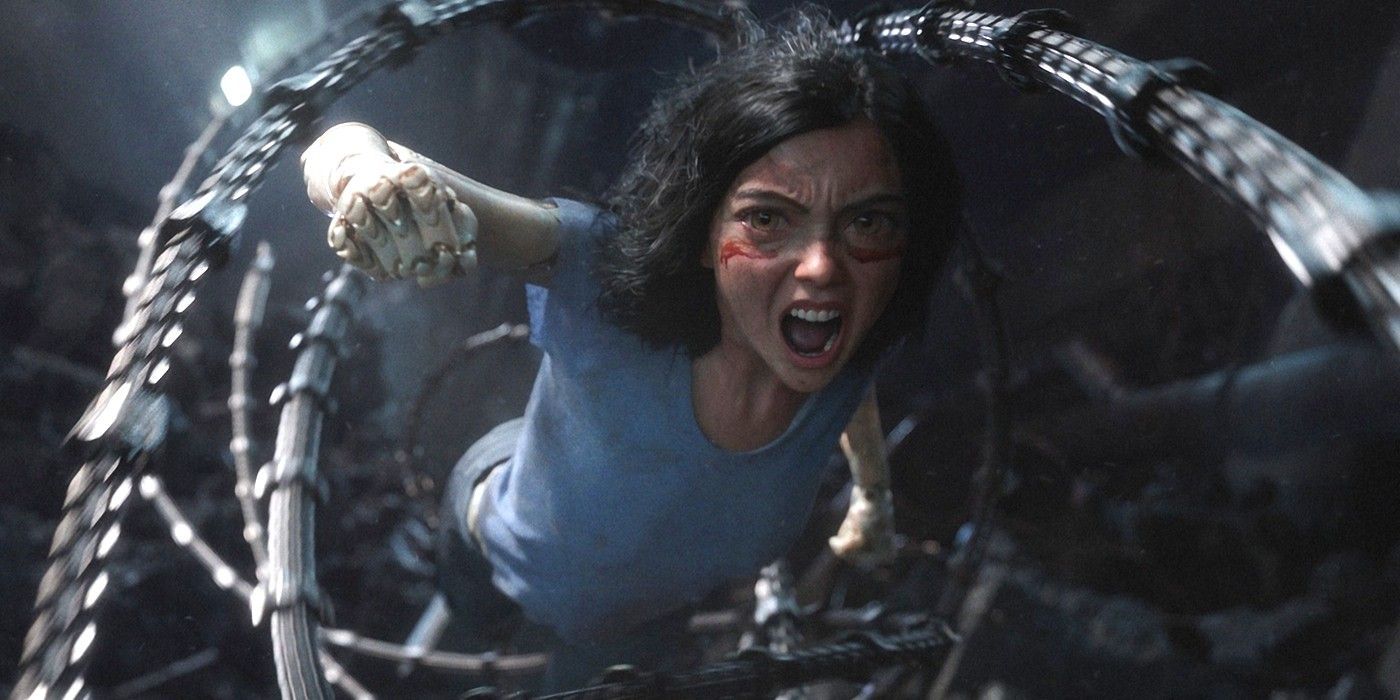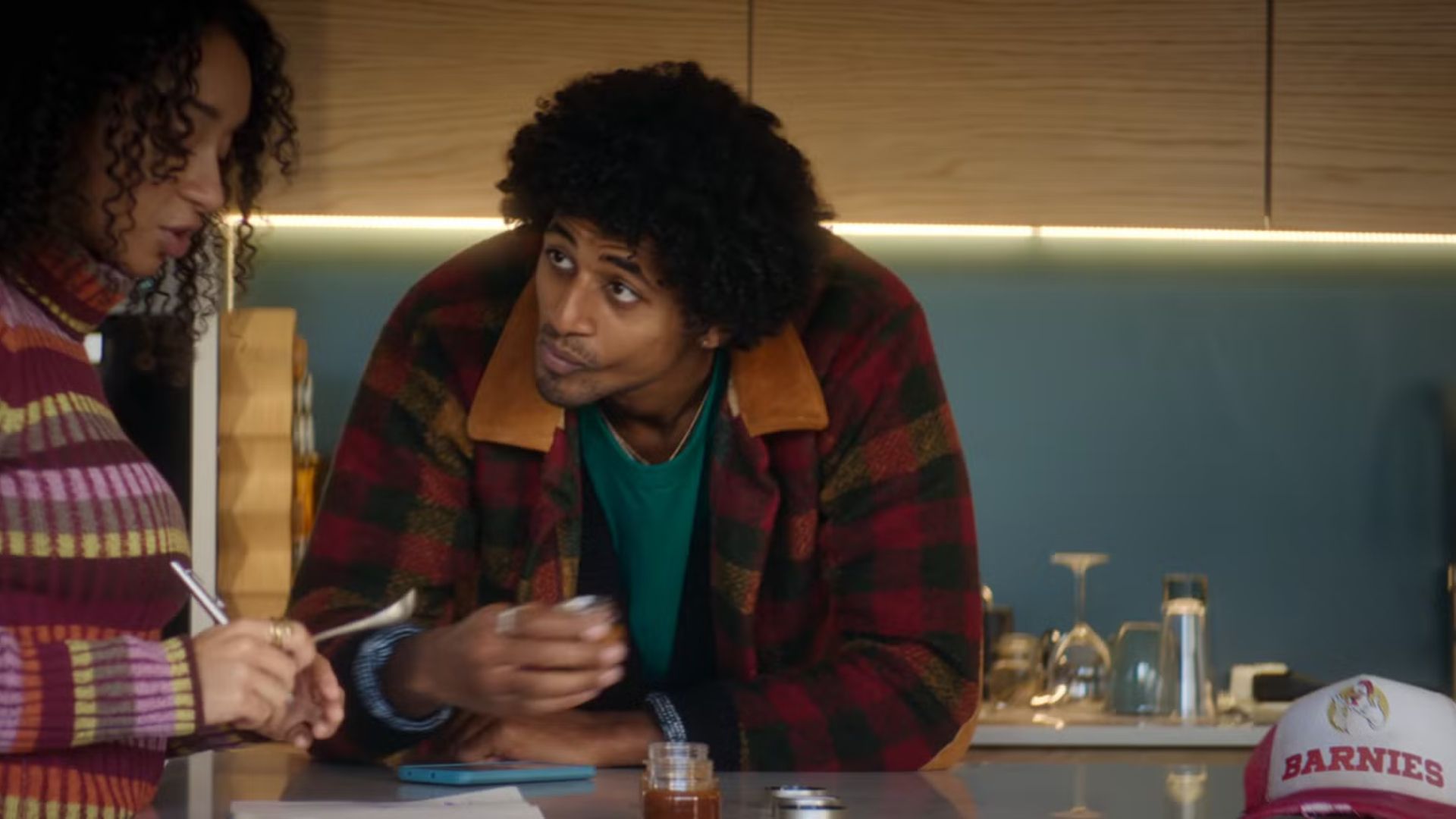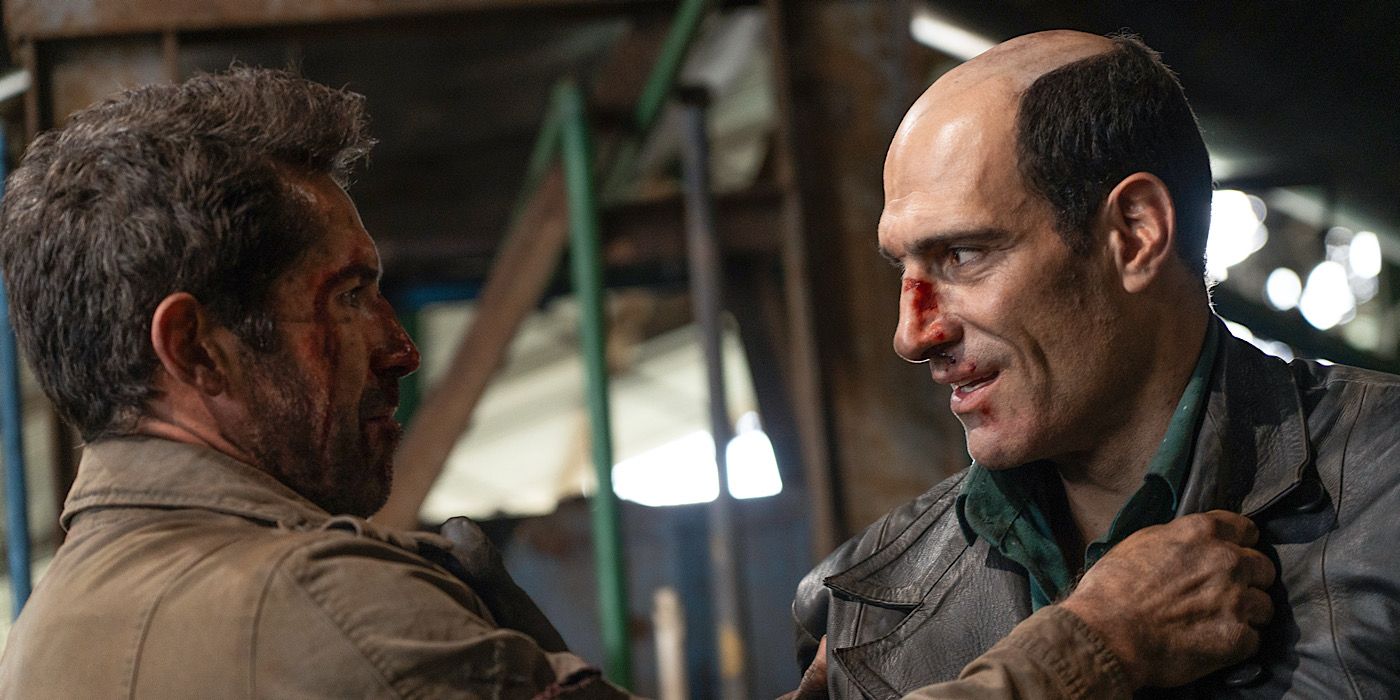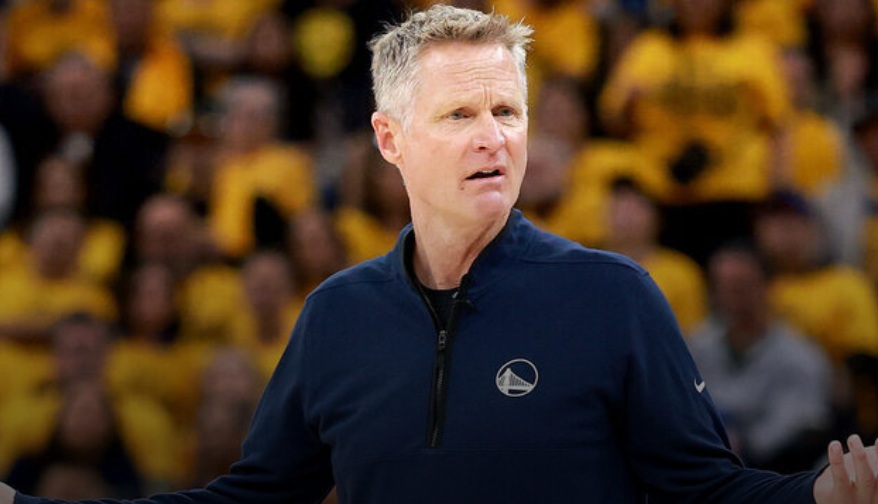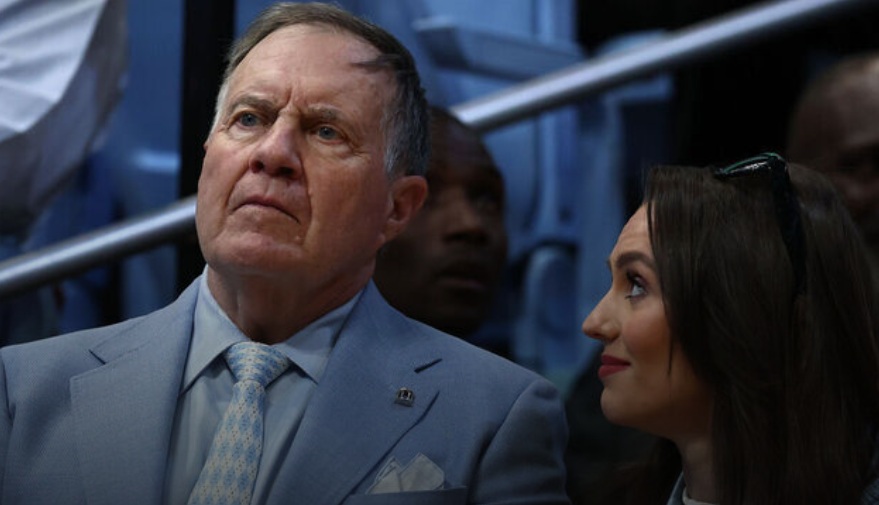The brash hospital show ER burst onto television screens in 1994 as part of NBC’s famed Thursday night lineup and changed the landscape of medical dramas forever — or at least that’s how it seems a few decades on, since the genre arguably hasn’t changed much.
What was it about ER that made it such a hit back then, and how did it alter the structure of medical dramas to such an extent that we can see the ripple effect even now?
ER had a gritty, realistic feel that was vastly different than other medical shows of that era and was a perfect storm of dynamic camera work, overlapping storylines, and innovative casting.
The show was shot on 35mm film and seemed more like “real life” than a perfectly lit videotaped sitcom. ER also pioneered the use of Steadicams and long tracking shots outside of movie sets.
This method of filming provided an illusion of “unbroken” scenes where the camera followed actors through winding corridors into different rooms and conversations.
This visual fluidity enabled the overlapping storylines that defined the show and encouraged more naturalistic dialogue.
Speaking of dialogue, a LOT of medical jargon was delivered in rapid-fire bursts, lending a documentary feel to ER’s scenes.
The fast pace of the show sucked viewers in and it didn’t let go. It was a fresh way of presenting the medical drama, and it worked: the series earned 124 Emmy nominations and 22 wins over fifteen seasons.
ER’s main cast was one of those lighting-in-a-bottle dream teams, even as there was turnover over the years. It was a launch pad for the careers of George Clooney, Julianna Margulies, and Noah Wyle.
Pacing, camera work, realistic dialogue, casting: these revolutionary aspects of ER quickly became standard components of the medical drama as we know it today, but instead of inspiring even more change, the genre seemed content to coast on its structural status quo.
The 2004 series House, starring Hugh Laurie, attempted a different spin on the medical drama with a more forensic approach to medicine.
The show focused on its main character rather than an ensemble and featured a slower pace with fewer weekly medical cases since it was not set in an actual ER.
Its caustic hero, Dr. Gregory House, was a brilliant deductive infectious disease specialist. He was also basically Sherlock Holmes with an MD, drug addiction, and all.
House combined the medical drama with a locked-door mystery and ended up with a show almost entirely dependent on the appeal of its star. It was a variation on a theme, though, not a reinvention of the form.
In 2005, however, another seismic shift happened in the world of medical dramas with the premiere of Grey’s Anatomy.
This Shonda Rhimes-created show went in a decidedly more soapy direction, with roots in Ally McBeal rather than ER or House.
Romance was the biggest draw in Grey’s Anatomy and a crucial part of its success and innovation.
Grey’s Anatomy’s narrative focus was on the relationships of the main cast rather than its cases of the week. In fact, those cases reflected what was going on in the lives of the interns and residents rather than the other way around.
There was also a bit more focus on doctors jockeying for leadership positions at the hospital than in ER, which had a little of that but was mainly in the background.
Grey’s Anatomy also broke ground with its diverse cast, which reflected a more realistic range of ethnicities in its hospital staff. The matter-of-fact way this was presented was revolutionary in itself at the time, even though it was only twenty years ago.
Grey’s Anatomy remained its own separate genre, despite glossy offshoots like Private Practice, a Shondaland show that relocated Dr. Addison Montgomery (Kate Walsh) from Seattle Grace to a Wellness Center in Los Angeles.
Despite its exponential success, Grey’s Anatomy didn’t reinvent the medical drama so much as it helped prove that Shonda Rhimes can make hit television in any genre (How to Get Away With Murder, Scandal, Bridgerton).
Scrubs is another example (almost like Grey’s with romance) of a different genre co-opting the medical drama as setting rather than focus.
Scrubs was an absurdist comedy that just happened to take place in a hospital and involve doctors. It was much more about inventive storytelling techniques and character jokes than medicine.
Which is fine! It’s a funny medical show that could have been set in almost any other customer-based work environment.
A more significant structural influence on the medical drama this century has been the NCIS franchise.
These franchise shows (at five and counting) are law enforcement procedurals and not medical dramas, but their spinoff-friendly formula has become close to industry standard.
The NCIS shows feature a small team of very specific different personality types and job specialties working for a government entity based in an interesting city.
A version of this format has been applied to the medical drama and is evident in all of the “Chicago” shows: Chicago Med, Chicago Fire, Chicago P.D., and Chicago Justice.
This trend of medical drama commodification continues with the 9-1-1 and 9-1-1 Lone Star shows.
These franchise shows are very different from ER in style and execution, but they share an emphasis on an ensemble cast.
Two recent shows, The Good Doctor and The Resident, swing the pendulum the other way by focusing on a single doctor-wunderkind as their hero.
These shows differ in tone (feel-good vs. cynical), but both are star-dependent and much more traditionally scripted and shot than ER.
ER is the most influential show the medical drama has experienced in thirty years, and it remains to be seen if anything else will impact the genre that much ever again.
While the medical drama seems here to stay just as much as law enforcement procedurals, the influence of franchise shows hasn’t produced a new version that has captured audiences in the same way.
Does this mean that the medical drama as a genre is over?
After all, Grey’s is still going strong after 20 seasons, and ER lasted fifteen.
Medical dramas might be in less of a rut and more of a cocoon: on the verge of change, but just not yet.
ER was indeed groundbreaking, but it built on the revolutionary efforts of two earlier shows.
Medical dramas have been a television fixture for decades and were often earnest dramas that portrayed doctors as infallible professionals. A good example is Dr. Kildare, where Richard Chamberlain played a pristinely perfect 1960s-era physician.
In the early ’70s, TV’s M*A*S*H challenged the traditional tropes of medical dramas with its wartime setting, tents as operating rooms, and irreverent doctors.
The show featured kinetic outdoor scenes, with choppers landing and jeeps bouncing down dirt roads. It also often used very dark humor to deal with thorny existential and political themes.
M*A*S*H still had a scripted feel — and even a laugh track, for goodness sake! — but its scruffy, moonshine-swilling surgeons in Hawaiian shirts were a literal world away from the doctors-as-deities image in most medical dramas at that time.
The other precursor for ER was St. Elsewhere in the early ’80s. Set in a gritty Boston hospital with a realistic look and feel, the show had an ensemble cast of highly imperfect older doctors and ambitious young residents.
The show tackled serious contemporary issues that were not addressed by other shows at the time, but it also made room for humor and launched future stars such as Denzel Washington, Howie Mandel, and Ed Begley, Jr.
These two older shows set the stage for ER to become the complete game-changer that it was years later.
It could very well be that some of the subtle changes in recent network hospital shows — a slower narrative pace, more predictable structure, comfort-watch tone — will become the new standard years from now.
Or, they could become a catalyst for change.
If you’re not willing to wait another decade to see how the network medical drama shakes out, ER star Noah Wyle and original showrunner John Wells, along with other behind-the-scenes alums, have joined forces to create a new medical procedural for Max called The Pitt.
The series will reportedly be a realistic and medically accurate take on the increased challenges that healthcare workers and patients face in the present day at an urban Pittsburgh hospital.
Getting ER’s band back together is enough to make the heart quicken, but can this reunited dream team get lightning to strike twice?
Wyle, set to both star in and executive produce The Pitt, has spent enough time as Dr. John Carter to know his way around a gurney from muscle memory alone and has headlined The Librarian movie franchise and sci-fi series Falling Skies.
TV producer and showrunner Wells has also been instrumental on Third Watch, Animal Kingdom, and Southland.
R. Scott Gemmill, an executive producer for ER, was a showrunner for NCIS: Los Angeles.
These are all impressive bona fides, but they’re missing the retroactive magic brought by two of ER’s original key players: writer/creator Michael Crichton and producer Steven Spielberg.
Speaking of bona fides, Crichton got an MD from Harvard but became a writer instead. This firsthand knowledge from studying to be a doctor set his writing apart and inspired his movie screenplay Code Blue about ER doctors, which became the hit TV show ER twenty years later.
Steven Spielberg, a friend of Crichton’s, was originally set to direct Code Blue. When that movie project never happened, Spielberg instead directed Jurassic Park (trade-offs!) but was also one of the producers of ER.
Even without those two industry giants involved, there is a lot of talent behind The Pitt. Even if it ends up being nothing but a twenty-years-on version of ER, it promises to be worth watching.
The fact that Max has taken a chance on this procedural bodes well in terms of innovation for the medical drama as a whole, but it also means that this show is behind a paywall due to being on a premium cable channel.
The Pitt has been given a 15-episode order, but we don’t know if that’s for one season or in its entirety.
If you’re confined to network TV, there is still definitely hope that its current crop of medical dramas is building the foundation for another exciting breakthrough in the genre, like a defibrillator charging.
“CLEAR!”
*HULU now streams all seasons of ER and Grey’s Anatomy.
Edit Delete
Paullette Gaudet is a staff writer for TV Fanatic. You can follow her on X.
You can view the original article HERE.






